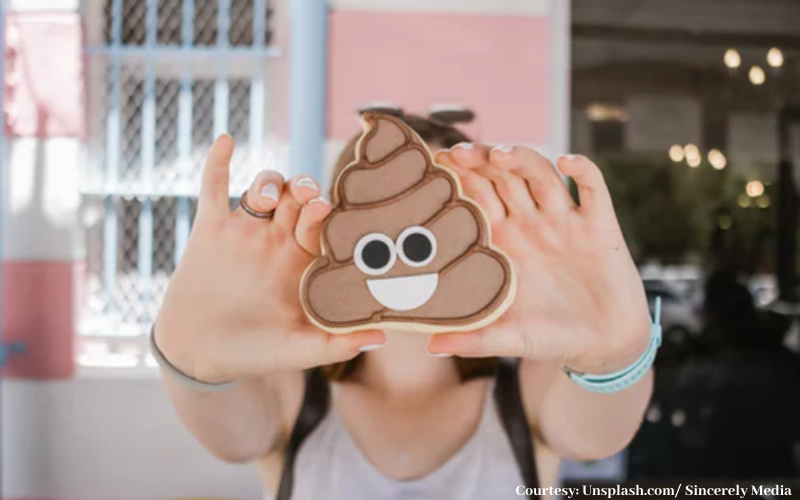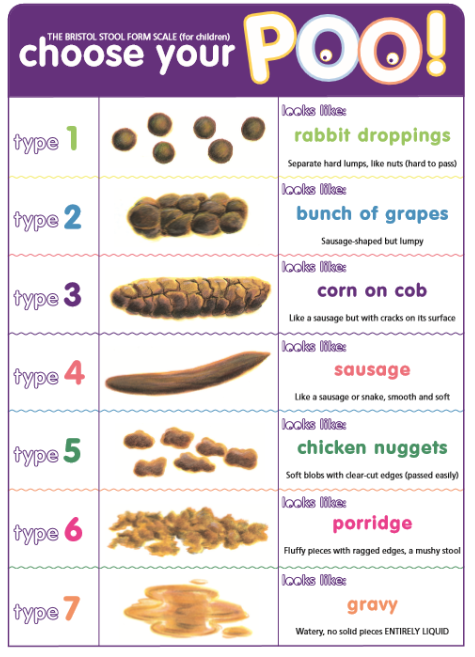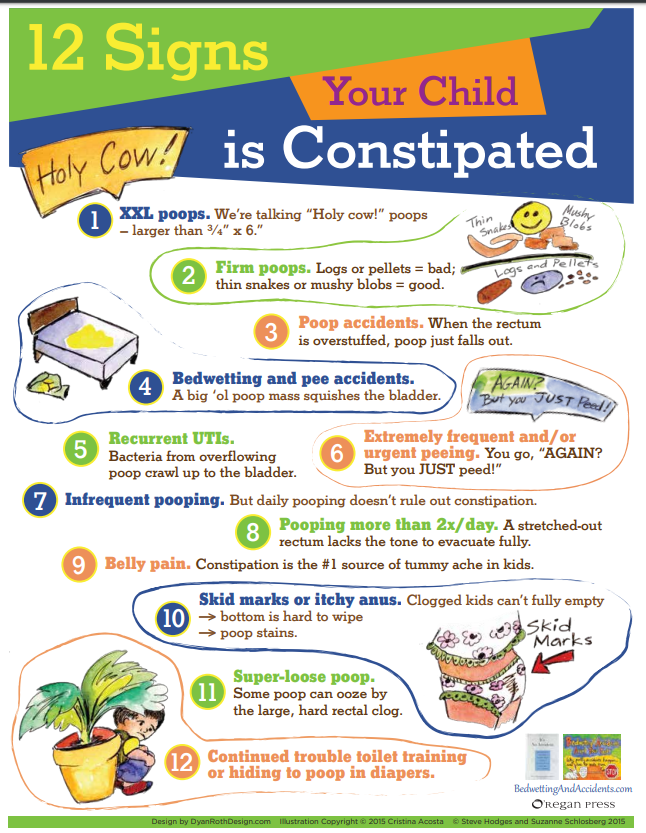Let’s talk Poop! When your child is constipated!
Ewww!!”
That’s the first response I get when I ask most of my patients in the Emergency Room about ‘poop’. Most of them look at their parents in shock.
“Is this doctor really going to gross us all out and ask about poop?”
Yes!I will.
You poop, I poop, and everyone poops.
Now that we have normalized the discussion around ‘POOP’, let’s get to the topic that concerns me and that is pretty common in most of my patients- CONSTIPATION.
Constipation is a common reason why kids come to the ER- their belly hurts; they feel full easily; they haven’t pooped in days; they are soiling their underwear; their buttock hurts. It can get really bad and frustrating, right?
If you or child has every experience this, keep reading!
If neither you nor your child have experienced this, someone around you probably has, so keep reading too. You’ll learn a few helpful things to save another’s misery!
 Welcome to Drnkeiru.com
Welcome to Drnkeiru.com
As a pediatrician and mother, I find joy in bringing your great & helpful info on medicine, motherhood (parenting) and motivation.
Why do kids (or pretty much everyone) get constipated?
Little changes like change in diet (low fibre), potty training, being away from home (new school), decreased fluid or food intake, feeling sick and poor activity can cause a child to become constipated.
Some others may have a more prolonged cause and course which we refer to as chronic constipation. This may have started out as a minor cause that didn’t get treated and then worsened; or as a medical or surgical abnormality that may need specialist intervention (this is a totally different discussion)
What does your normal stool look like?
If you have never heard of the Bristol chart, this is something you have missed out on.
But here is it! You can use this chart to ease into a conversation with your child. Let them show you what type of stool they usually have. It may be different on different days but you want to know their most common consistency.
I love this kid friendly one below from Stanford.
Ideally normal stool should be 3 and 4. Type 1 and 2 means your child is likely to dealing with constipation.
What does it mean to be constipated?
This means different things for different ages and different people.
Babies can skip a without passing stool and then have a normal soft stool afterwards. That isn’t considered constipation (but you should check with your child’s pediatrician)
Here’s what might be considered constipation:
- Having poop that’s hard and dry
- Having poop that’s larger than usual
- Straining or pushing or having pain during bowel movements
- Having belly pain during bowel movements
- Having anal pain (poop hole) pain during and after bowel movement
- Noticing some blood in the stool or on toilet paper after a bowel movement
Are there other signs that show my child may be constipated?
Yes! Besides the usual symptoms of constipation listed above, some children may not know (or not tell you) they are constipated. They may manifest some other signs.
Here are 12 signs your child may be constipated (courtesy of Dr Steve Hodges):
How do your ease or avoid constipation in your child?
Since we all agree constipation can be frustrating, we need to get the poop moving.
Consider 3 basic ‘F’ ways to ease constipation:
Fluids: the more fluids you take, the more likely stools are going to get softer. This may seem tough with kids especially when your child tells you I hate drinking water.
Here’s a few tricks:
- Serve it ice cold
- Use child friendly cups and exciting straws
- Mixed with some juices: Apple and prune work for me (choose 100% juice if decide on this or better still make at home)
- Make as fruity popsicles with lots of water
Fibre: these help with bowel movement. It’s hard to estimate how much fibre a child needs but the more the merrier. An easy way to estimate a minimum daily intake is to add 5 or 10 to your child’s age:
- your 10-year old should get 15–20 grams (g) of fiber a day
- your 15-year-old should get 20–25 grams (g) of fiber a day and so on
Food choices also make a huge difference Here’s a great visual chart of things to eat and what to limit:
Fitness: If you keep them moving, their guts will also get moving. Make sure they remain active all day- running, taking long walks
One more (that’s not an ‘F’) but is very helpful is getting your child into a regular routine: like sitting on the toilet to try to bowel movement once or twice a day- they can sit with a book
What happens if my child is too constipated and nothing works at home ?
It is recommended to try as much as possible to keep it natural with the list above but when push comes to shove and your child is still constipated and miserable, there are other options
Your doctor may recommend medications to help they pass stool. There are different types and come in different forms (pills, powder to be mixed in fluids, syrup and suppositories) AND they work in different ways:
- stool softeners : adds water and fat to your stool and make it softer (e.g Docusate)
- stimulant laxative : trigger your intestines to move the stool (e.g- Senna)
- osmotic laxatives: pools water in the intestine. Stool becomes softer & move easily (Polyethylene glycol e.g Miralax)
- Bulk-forming laxative: pulling fluid into the intestines to make the stool softer and bulkier (e.g psyllium- Metamucil)
- Lubricants: coat the stool with pil so it moves easily (e.g Mineral Oil)
In severe cases, some kids require enemas in the Emergency room to make them poop (no one likes this but is great relief to a miserable child). Some may even need admission for repeat enemas and a clean out.
But, hey we don’t want to get to that, so let’s get things moving.
Drop your comments on how you and your child are doing with POOP!!
Don’t forget to follow me on social media:





0 Comments